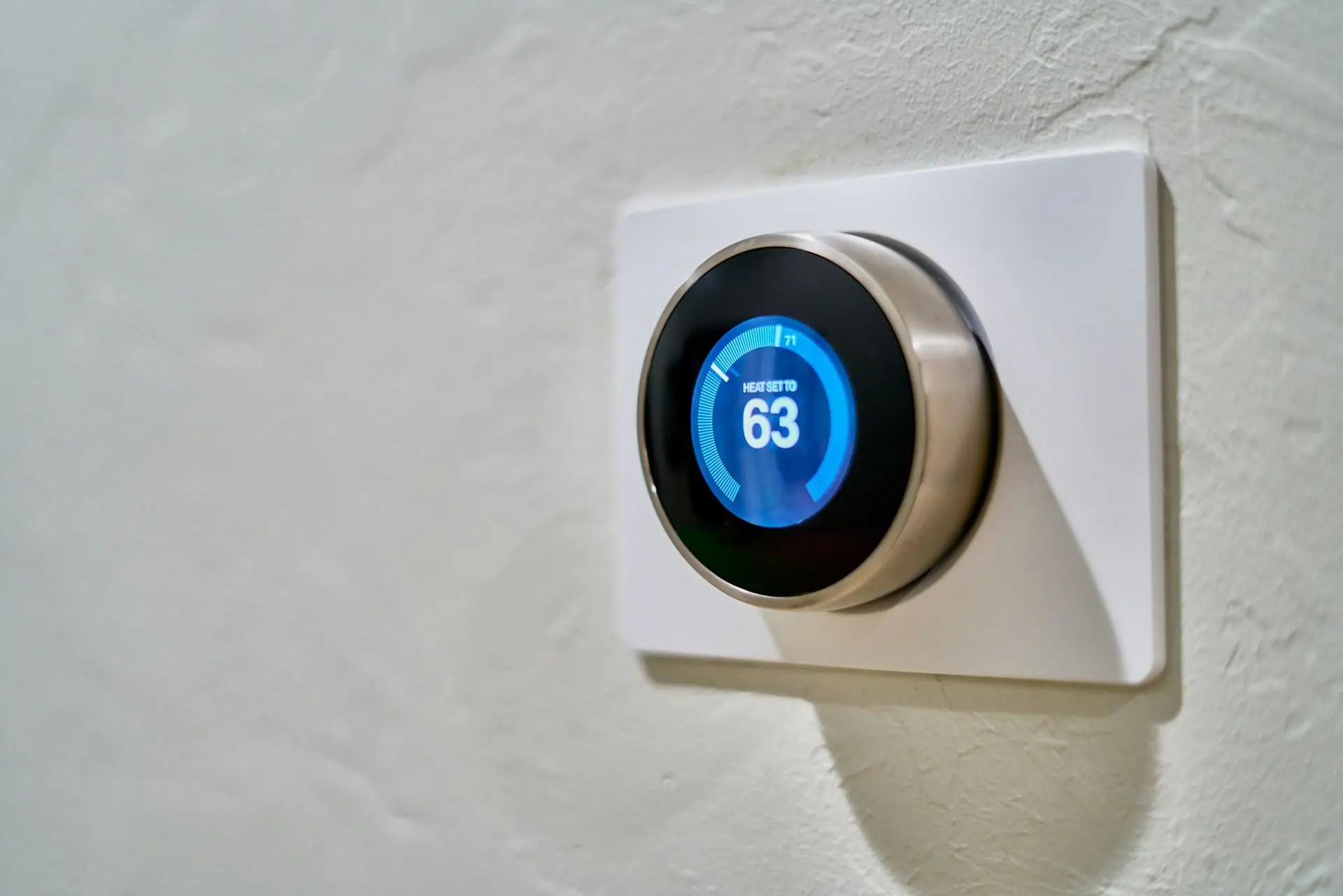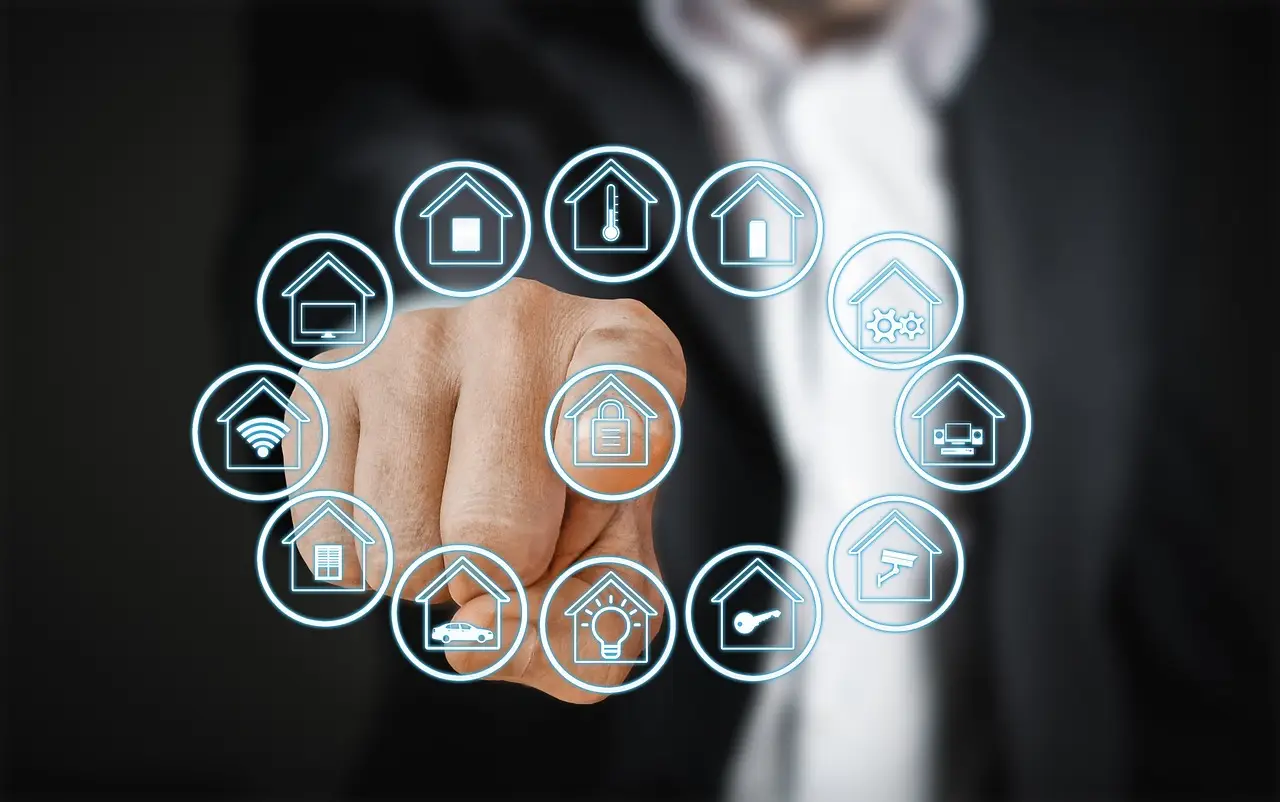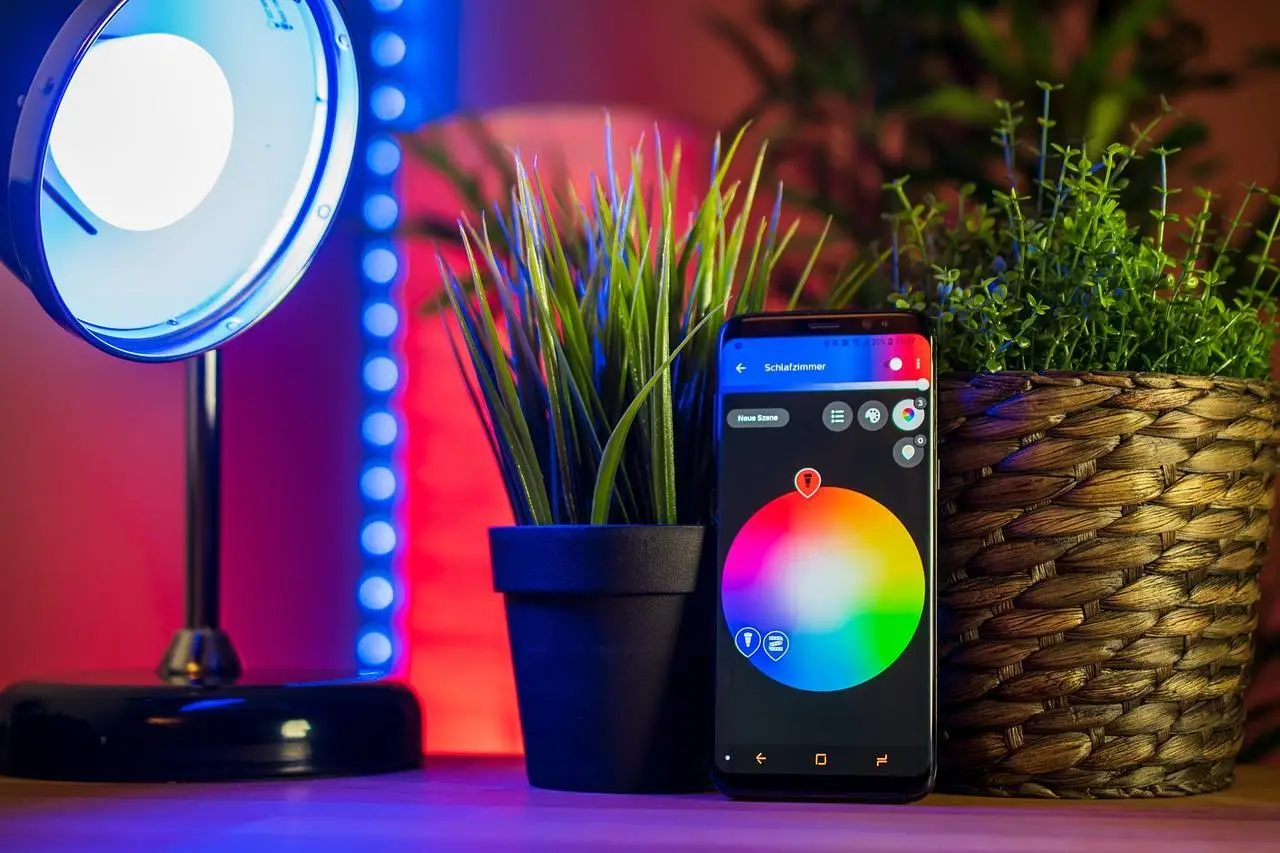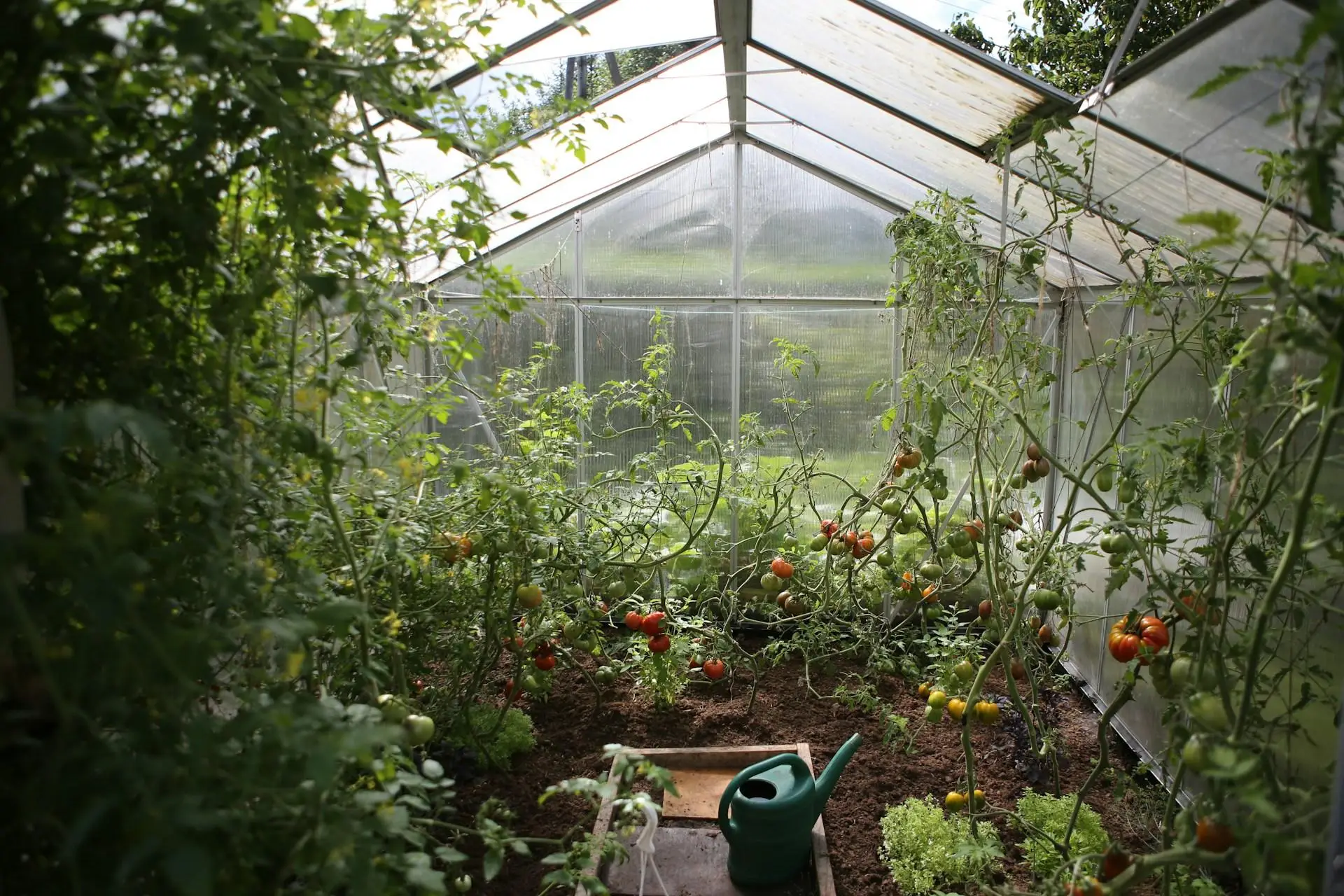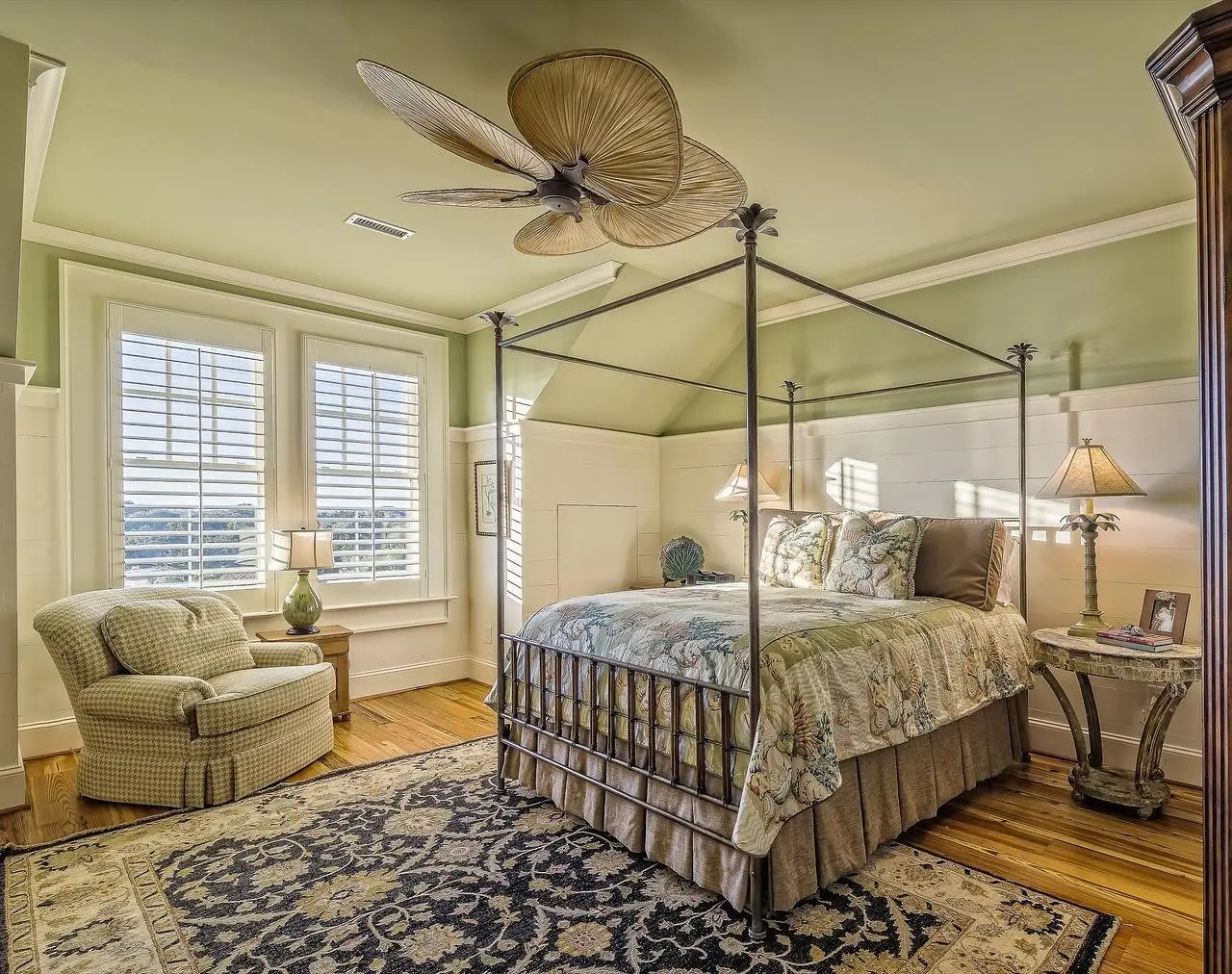Building a Fully Automated Smart Home with Smart Technology
A New Era of Living: What is a Smart Home?
As technology continues to evolve at an exponential rate, the definition of a "smart home" has taken on newfound significance. A smart home seamlessly integrates various smart technology devices to enhance daily living through automation and connectivity. This trend towards home automation reflects a broader societal shift towards efficiency, ease, and practicality in personal spaces.
The appeal of fully automated smart homes lies in their myriad benefits, including convenience, enhanced energy efficiency, and improved security. These systems not only simplify life by automating mundane tasks but also ensure that homes are safer and more sustainable. This article will explore how to create a fully automated smart home, guiding you through understanding smart technology, planning your setup, selecting devices, installation, automation processes, and maintenance.
Understanding Smart Technology: The Foundation of Home Automation
Definition and Examples of Smart Technology
Smart technology encompasses a variety of interconnected devices that communicate over the Internet of Things (IoT). These devices include smart lights, thermostats, security systems, and more. By leveraging Wi-Fi and mobile applications, users can control these devices remotely, allowing unprecedented control over their home environments.
The spectrum of smart technology is vast. For instance, smart thermostats can learn homeowners' habits to optimize heating and cooling automatically, while smart lights can adjust brightness levels or change colors at specific times.
Benefits of Smart Technology in Home Automation
Incorporating smart technology into home automation offers numerous advantages:
- Enhanced Convenience: Automation of daily tasks, such as adjusting lights or locking doors, streamlines routines.
- Improved Energy Efficiency: Smart devices help manage energy usage efficiently, reducing utility bills.
- Increased Security: Smart technology allows for real-time monitoring and alerts, enhancing home security significantly.
Laying the Groundwork: Planning Your Smart Home Setup
Assessing Your Home’s Needs
Before diving into smart technology, assessing your home's unique needs is crucial. Consider your lifestyle, the size of your home, and specific requirements that might necessitate automation. Identify key areas for automation, such as lighting, security, climate control, and even entertainment.
Choosing a Smart Home Ecosystem
The choice of a smart home ecosystem significantly impacts your automation experience. Popular ecosystems include:
- Amazon Alexa
- Google Home
- Apple HomeKit
When selecting a platform, consider compatibility with existing devices, usability, and features. A well-integrated ecosystem will ensure a smoother and more enjoyable user experience.
Device Selection: Picking the Right Smart Technology Tools
Smart Lighting Options
Smart lighting comprises various bulb types and control options. Users can choose from smart LED bulbs to color-changing fixtures. The benefits of smart lighting include energy savings, the ability to automate lighting schedules, and mood-setting features.
Smart Thermostats
Smart thermostats, such as Nest and Ecobee, provide not only convenience but also functionality. They adapt to user preferences over time, optimizing energy use while maintaining comfort. Installation is generally straightforward and can often be completed by homeowners.
Smart Security Systems
Home security is paramount, and smart security devices come in various forms, including cameras, doorbells, and smart locks. These gadgets can be integrated into your smart home ecosystem, allowing for comprehensive monitoring and control, whether at home or away.
Other Smart Appliances
The rise of smart technology has influenced a variety of household appliances, including refrigerators, ovens, and vacuum cleaners. Ensuring that these appliances are compatible with chosen smart home systems is essential for streamlined operations.
Installation and Setup: Bringing Smart Technology to Life
Preparing Your Home for Smart Technology
Before installation, it's essential to ensure adequate Wi-Fi coverage and bandwidth. Smart devices often require stable internet connections to function correctly. Additionally, consider any electrical requirements and optimal placement of devices for effective use.
Step-by-Step Installation Guide
- Unpack Devices: Carefully remove smart devices from their packaging and read the accompanying manuals.
- Connect to Wi-Fi: Follow the manufacturer's instructions to link each device to your home Wi-Fi network.
- Integration with Ecosystem: Use your chosen smart home app for pairing devices, ensuring they all communicate effectively within the ecosystem.
- Test Functionality: Once devices are installed, test each one to confirm they operate as intended.
Troubleshooting Common Issues
Despite careful planning, issues may arise during setup. Common problems include connectivity issues, unresponsive devices, or compatibility glitches. Most manufacturers provide troubleshooting guidelines and customer support to assist with these challenges.
Automation: Unlocking Your Smart Home’s Potential
Creating Routines and Scenes
One of the most significant advantages of a smart home is the ability to automate tasks. Users can create routines — sequences of actions triggered by specific conditions. Examples include setting a "good morning" routine that gradually increases light brightness, or an "away mode" that secures the home when residents leave.
Integrating Voice Control
Voice control revolutionizes interaction with smart technology. Setting up voice assistant devices allows users to perform tasks effortlessly using voice commands. To maximize convenience, familiarize yourself with effective commands for starting routines or controlling individual devices.
Monitoring and Adjusting Automation
Regularly monitoring energy consumption and device usage can optimize your automated system. Many smart home apps offer insights that allow users to make adjustments based on lifestyle changes or preferences, enhancing both convenience and energy savings.
Sustaining Your Smart Home: Maintenance for Optimal Functioning
Regular Updates and Security Practices
Keeping smart devices updated is crucial for maintaining security and functionality. Regular software updates can patch vulnerabilities and add new features. Likewise, users should prioritize securing their smart home networks to protect against cyber threats.
Understanding Device Lifespan and Replacement
Monitoring warranties and service plans helps users stay informed about device longevity. Knowing when to replace or upgrade devices ensures continued optimal performance and efficiency in the smart home environment.
Embracing the Future of Smart Living: Your Journey Begins
Creating a fully automated smart home presents a unique opportunity to enhance comfort, security, and efficiency in daily life. By understanding smart technology, planning effectively, selecting the right devices, and maintaining them diligently, homeowners can enjoy the seamless integration of technology into their living spaces.
As the world advances towards smarter, more connected living environments, the integration of smart technology into homes is not just a trend but a way of life. Embracing this transformative movement marks the beginning of a new era in home living. Therefore, individuals are encouraged to take the first steps towards their smart home journey by thoughtfully considering their needs, exploring devices, and implementing automation — paving the way for a smarter, more efficient future.

